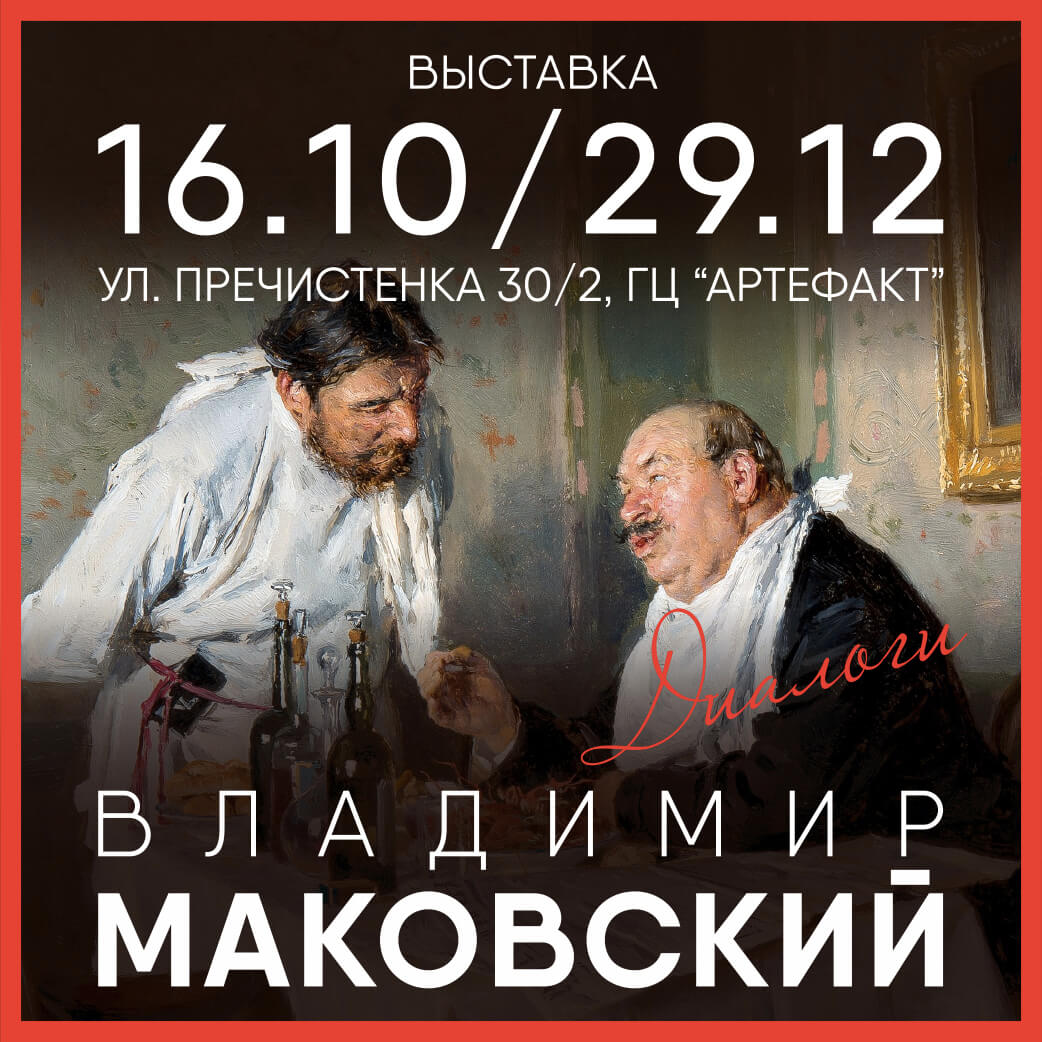Investment ideas on the art market.
ARTinvestment.RU tells the interesting figures of American avant-garde
best work Lozovik Louis (Louis Lozowick, 1892-1973 ) , stored in such major museums as the Metropolitan, the Whitney and MoMA, belong to that special time when skyscrapers, construction sites and blast furnaces of the artists associated with optimism and faith in progress. Lozovik, a favorite area which was democratic The Draw graphics, became famous precisely because of its expressive images of these characters "machine age».
According to legend, the first acquaintance with New York had a strong influence on the artist, predetermined his career. He was born in a Ukrainian village Liudvynivka, in 1903 entered the Kiev Art School - one of the few, where they took the Jews. Then, his main inspiration was a painting of the Wanderers. In America Lozovik left, while still very young - in 14 years. At the new place, he learned the basics of skill in the National Academy of Design and Ohio State University.
first half of 1920 Lozovik held in Europe, where he got acquainted with the latest trends the time - Cubism, Constructivism, Dadaism, De Steil. He visited Berlin, Paris and Moscow, and went into the avant-garde circles in which revolved such pillars as Laszlo Moholy-Nagy (László Moholy-Nagy) and the El Lissitzky . Then he discovered the possibilities of lithography. In America, Lozovik tirelessly promoted the dramatic art, closely linked to industrial production (he even published a 1925 monograph on the Russian Avant-garde, entitled "Contemporary Russian Art").
creativity of the artist most often attributed to the unique style, which critics identified as Precisionism (Precisionism) or Cubist realism - his representatives used the European avant-garde innovations for its depictions, the American reality, with its skyscrapers, the ziggurat, giant bridges and factory complexes .
Lozovik also been an active member of the left. In 1926 he became one of the editors of American Marxist "New mass» ("New Masses"). With the onset of the Great Depression, exposing all the problems of American society, his art acquired aspect of social criticism. Take, for example, resembles a frame of black and white film print "Lynching" (1936), where the model for victims of the Ku-Klux-Klan served himself familiar with racism firsthand. Over time, Lozovik completely away from the "machine aesthetic", focusing on images of people and landscapes. In 1972, the New York Whitney Museum of American Art designed by the artist retrospective.
Reprints Luis Lozovik appear at auction quite often. Price range - from hundreds to several thousands of dollars. In November last year, one of his lithographs - Hanover Square "(from the collection of bankrupt company Lehman Brothers) - brought 21 thousand U.S. $ 6-8 thousand in Estima But the most expensive work of the artist is early, in the spirit of cubist painting entitled "Pittsburgh" (circa 1922), pushed in 2008 at Christie's for 320 thousand USD (preliminary assessment - 300-500 thousand).
Source: , , , , artinvestment.ru
Permanent link to:
https://artinvestment.ru/en/news/artnews/20100719_louis_lozowick.html
https://artinvestment.ru/news/artnews/20100719_louis_lozowick.html
© artinvestment.ru, 2025
Attention! All materials of the site and database of auction results ARTinvestment.RU, including illustrated reference information about the works sold at auctions, are intended for use exclusively for informational, scientific, educational and cultural purposes in accordance with Art. 1274 of the Civil Code. Use for commercial purposes or in violation of the rules established by the Civil Code of the Russian Federation is not allowed. ARTinvestment.RU is not responsible for the content of materials submitted by third parties. In case of violation of the rights of third parties, the site administration reserves the right to remove them from the site and from the database on the basis of an application from an authorized body.





